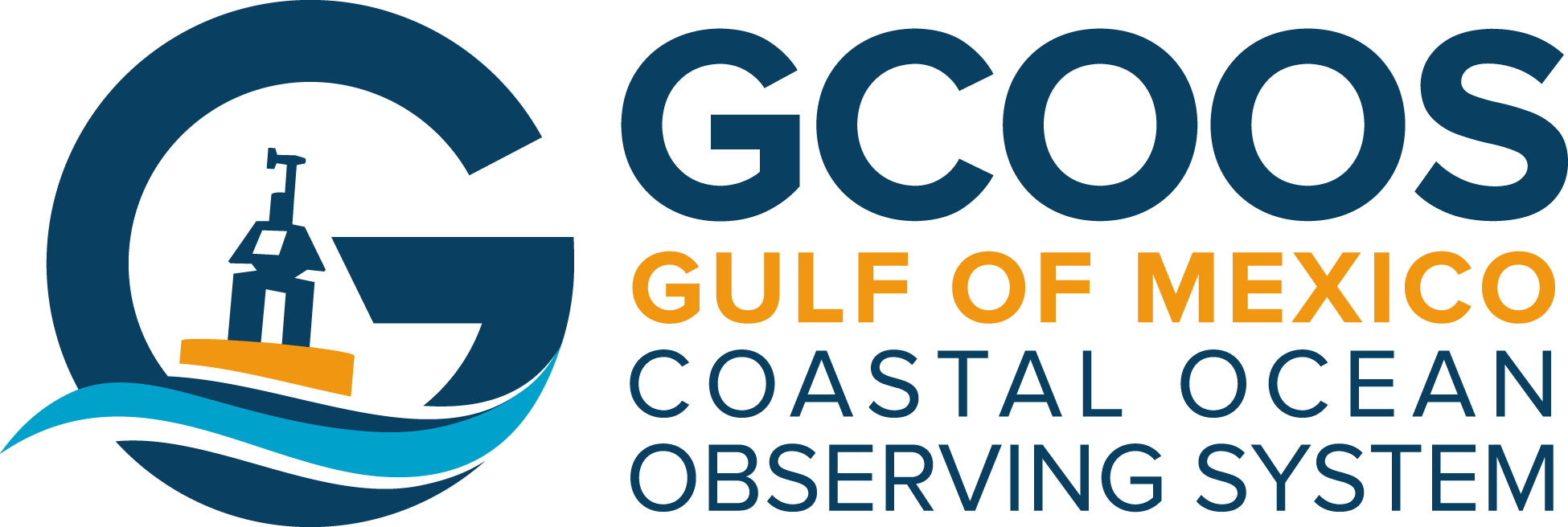Newswise — When the U.S. Army Corps of Engineers opened the Bonnet Carré Spillway on Jan. 10, it was the earliest in a calendar year the Spillway had ever been opened. Located southwest of Lake Pontchartrain, the Bonnet Carré is designed to divert water from the Mississippi River through the Lake and out into the Gulf of Mexico to keep New Orleans from flooding.
Forty-one percent of the continental U.S. drains to the Gulf of Mexico through the Mississippi River and the heavy rains and flooding in the Midwest in December caused by the current El Niño Event and possible effects of climate change necessitated the Spillway’s early opening to protect New Orleans.
When the Army Corps opened the Spillway — just the 11th time ever in the Bonnet Carré’s 85-year history — Dr. Nan Walker, Director of the Earth Scan Laboratory (ESL) at Louisiana State University and a principal investigator for the Gulf of Mexico Coastal Ocean Observing System (GCOOS), was watching.
The Earth Scan Laboratory, which recently celebrated its 25th anniversary, captures satellite data from the entire Gulf of Mexico (along with most of the Western Atlantic, the extreme Eastern Pacific and the land mass from Hudson Bay to northern-most South America) to create a record of environmental information for education, research, economic and forensic applications. This satellite data is a valuable asset for resource management and decision-making and access to the imagery in near real-time can improve emergency response and environmental sampling strategies. It can also help with the interpretation of environmental conditions such as: • Surface temperatures, coastal circulation changes, water quality, sediment distribution and transport, algal blooms and coastal flooding;• Coastal and deepwater currents, eddies and water mass boundaries in the Gulf for oil spill response, oil and gas operations, hypoxic events and understanding fish distribution;• Storm-induced coastal changes and vegetation stress; • Storms and hurricanes, as well as atmospheric measurements in areas of frontogenesis and cyclogenesis over the Gulf;• Forest and brush fires and their movements;• River flooding in local detail;• Movement of severe storms over land and sea;• Monitoring and forecasting river and coastal fog for offshore petroleum, fisheries and other maritime industries.
“From the satellite imagery processed at the Earth Scan Lab, we can study daily changes in the surface sediment plume as it grows and fills Lake Pontchartrain with river water,” Walker said. “Throughout this event we have observed the sediment-rich river plume spreading along the southern shore of the Lake, working its way toward the Gulf of Mexico. This is the most complete and cloud-free time sequence we have ever collected during a major flood event, which has helped to direct fieldwork to determine the plume’s characteristics and environmental impacts. Not all events are the same, as circulation of river waters in the Lake is controlled by the coastal wind history, in addition to water level differences between the river water and the Gulf.”
Mississippi River diversions introduce freshwater, sediment and nutrients to the coast.
“We measured the river water to be about 7 degrees F colder — about 43 degrees compared with 50 degrees F — than the Lake water, so our temperature data was also useful for tracking the river water,” Walker said.
To develop the images, Walker’s team processed data from NASA’s Moderate Resolution Imaging Spectroradiometer (MODIS) and from NOAA’s Advanced Very High Resolution Radiometer (AVHRR) both of which are collected in near real-time by two different tracking antennas on LSU rooftops. The MODIS visible band “true color” images depend on the reflectance of light from the water surface using red, green and blue channels; and thus can only be imaged during daylight hours. Since the “true color” product replicates what the human eye sees, the MODIS images are relatively easy to interpret.
The AVHRR temperature images are useful both day and night, yielding even more temporal details during an event. Since humans don’t see temperature, these require a little more imagination on the part of the user. Sophisticated software is used to calibrate, geographically correct and produce all the image maps, which help resource managers direct teams to study the environmental impacts on the system.
For instance, algal blooms typically develop from the introduction of riverborne nutrients into lakes/bays and the coastal ocean. The high levels of phytoplankton, in tandem with strong stratification on the Louisiana shelf, also leads to the development of hypoxic zones — low-oxygen zones — most prevalent on the Louisiana inner shelf each summer. The fact that this diversion opening was in winter rather than spring (as was the last opening in May 2011) could lead to very different biological consequences than were observed then.
“Will the diversion lead to the development of harmful algal blooms in the Lake now or in the spring? Will there be a reduced hypoxic zone in the Gulf as a result of this large influx through the Lake rather than through the main river channels? It’s important to know where the river water is going so we can sample in the correct areas and better interpret the data that is collected by state and federal agencies, environmental groups and University researchers to try to answer some of these questions and be prepared to respond,” Walker said.
Many products, such as the figures shown here, are accessible from the Earth Scan Lab web page. ESL has also recently developed a new viewer/animator that gives users access to most products from one web page. Check it out.
